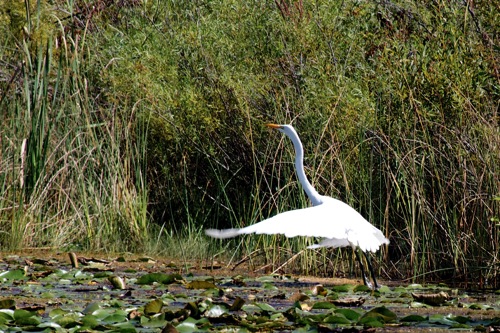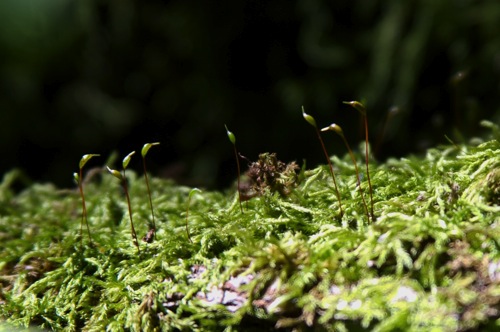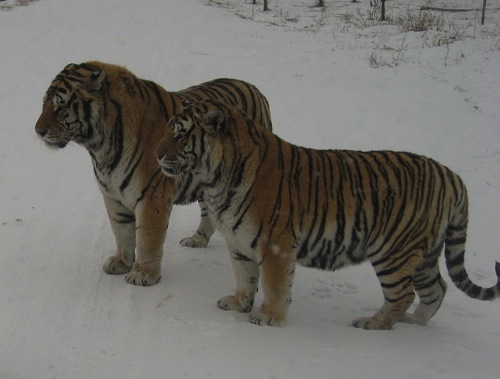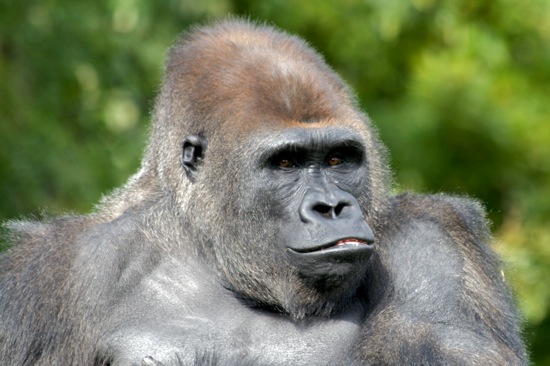I’ve talked about my connection to nature and my profession in a previous post. What I didn’t mention is that my interest in the natural world hasn’t decreased over the years. I’m still fascinated by books, documentaries, and research. Recently I had a reason to look up the definition of predation – as in, predators and prey. I quickly found the very basic definition I needed, but I ended up spending hours reading about the intricate interactions between predators and prey. While it may seem academic to the average pet owner, two things make this relevant. First, those of you reading aren’t “average” owners — you’re far more inquisitive and dedicated than that! Secondly, the predatory and predator-avoidance behavior we see in nature is also found in our domestic animals. I’ll share the tip of the iceberg with you.
Predation is, very simply, the killing and consumption of another organism for food. This can be something very obvious: Lion eats Zebra. However, if the zebra munches the grass enough that that particular plant dies, is it not also a predator by definition? The lines are a little fuzzy sometimes. Overall, however, we see that most ecosystems are a network of connections between sources of food and consumers of food. Plants supply herbivores which supply predators. Predators at the very top of the food chain – man, lion, shark, wolf – are called Apex predators. Apexes aren’t preyed upon by anything else.
These food webs are an interesting balancing act. If there isn’t enough grass to feed the zebra, they starve, and so do the lions. However, if there aren’t enough lions, the zebra grow out of control and eat too much grass, which then crashes their population again. If there are too many lions, they eat too many zebra, which decreases the number of lions eventually, and allows more grass to grow to rebuild the zebra population. Scientists call this “top down” or “bottom up” control in an ecosystem. If any of you are familiar with the wolf and moose populations on Isle Royale, it’s a perfect example of how the various species influence one another. To tie this in to a topic we see daily, consider the influence that outdoor cats have on the population of rodents and birds.
Hunting behavior by predators has four basic phases:
Detection, or finding prey.

Attack, or chasing after prey.

Capture, or catching the prey and preventing escape.
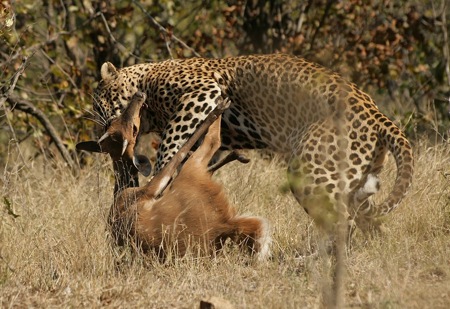
Consumption, or eating what has just been caught.

Predators have evolved to have body structures that support these behaviors and ecological niche. As I mentioned with the Cheetah Running video on Thursday, adaptations like front paws that can rotate, forward-facing eyes, and agile bodies all help.
Herbivores, on the other hand, have evolved to *avoid* all of these behaviors. It’s an evolutionary arms race to see which animal can outdo its prey/predator. Herbivores have specific adaptations to avoid the stages of predation.
Avoid Detection: Camouflage to blend into the environment, color patters that make it hard for a predator to pick out an individual (zebra stripes), and avoiding the time and place predators frequent.

Avoid Attack: Colors to warn the predators of poison. There’s also a neat behavior in which an animal like an antelope will bounce vertically while running away. Scientists believe that this signals to the predator that the prey is extremely healthy and strong physically, and not worth the energy to chase down/kill.

Avoid Capture: Outrunning the predator, fighting back, and finding cover or refuge.
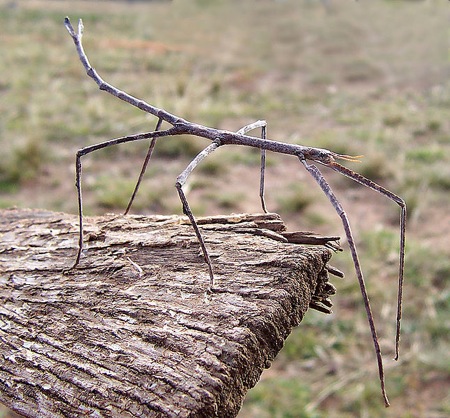
Avoid Consumption: Armor, spines, chemical defenses, shedding a non-vital body part, and playing dead.
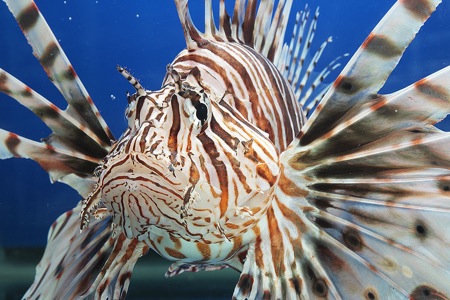
Those are the basics! Next time you’re out and about in nature or the zoo, watch for these behaviors and adaptations! You’ll be surprised how easy they are to recognize.

